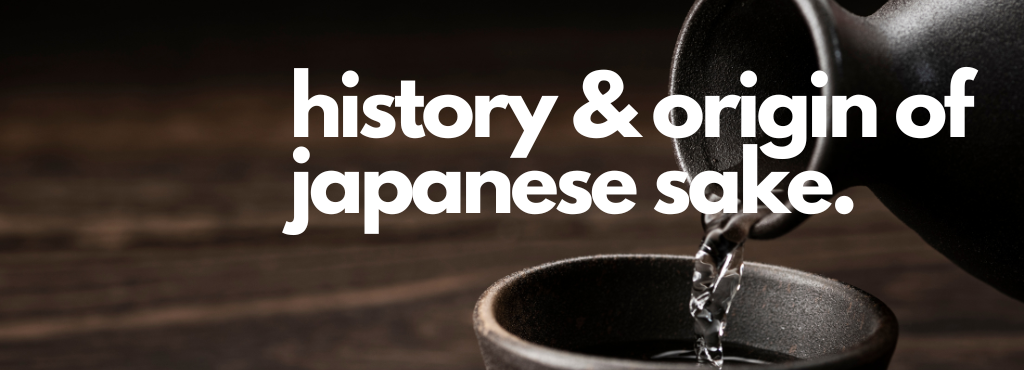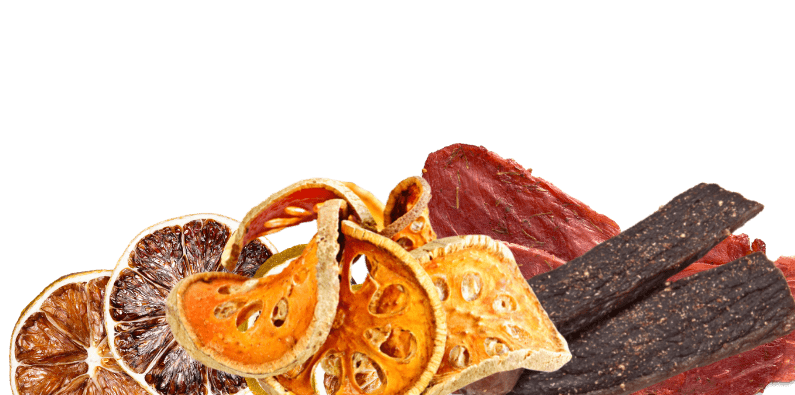Top rated

History and Origin of Japanese Sake
Japanese sake, often referred to as nihonshu in Japan, boasts a history spanning over a millennium, tracing back to ancient rice cultivation methods that date to around 300 BCE. The earliest sake production likely commenced during the Yayoi period (300 BCE - 300 CE), a time marked by significant agricultural advancements and the introduction of wet rice farming techniques from China and Korea.
In its nascent stages, sake production was rudimentary and closely linked to Shinto religious rituals. Early sake, known as kuchikami-zake, involved a communal process where villagers would chew rice and nuts, with the resulting enzyme-rich saliva initiating fermentation. This communal form of sake was primarily consumed during religious ceremonies and believed to facilitate communication with deities. Over time, the process evolved, incorporating more sophisticated fermentation techniques.
The first significant advancements in sake brewing emerged during the Nara period (710-794 CE). It was during this era that the Japanese began to refine the brewing process, moving away from kuchikami-zake to more hygienic methods. The establishment of the imperial capital in Nara brought about the creation of the first sake brewing department within the imperial palace, known as the Sake no Tsukasa. This period saw the development of methods to cultivate koji mold (Aspergillus oryzae), which played a critical role in breaking down rice starches into fermentable sugars, laying the foundation for modern sake brewing.
The Heian period (794-1185 CE) they further catalysed sake's evolution, with brewing techniques becoming increasingly sophisticated. This era marked the proliferation of sake brewing beyond religious institutions to temples and shrines, where monks and priests began to perfect brewing methods. It was also during this time that the term "sake" started to be used specifically for rice wine.
The medieval period, particularly during the Kamakura (1185-1333) and Muromachi (1336-1573) periods, witnessed significant technological and methodological advancements in sake production. Breweries began to spring up across Japan, with specific regions developing unique brewing styles and techniques. The introduction of pasteurisation by Buddhist monks during this period, long before Louis Pasteur's discovery, marked a pivotal advancement, helping to stabilise sake and extend its shelf life.
The Edo period (1603-1868) is often considered the golden age of sake brewing. It was during this time that sake production became a commercial enterprise, with breweries emerging in towns and cities to meet the growing demand. The development of the kimoto and yamahai methods during this period improved fermentation processes and enhanced the flavour profile of sake. Furthermore, the establishment of sake brewing guilds, such as the Nanbu Toji in the Tohoku region, helped standardise brewing practices and ensure quality.
The Meiji Restoration (1868-1912) brought about industrialisation and modernisation, impacting sake production significantly. The government introduced regulations to standardise sake quality and tax production. This period saw the introduction of modern brewing equipment and techniques, including the use of stainless steel tanks and precise temperature control, which revolutionised sake brewing.
Today, sake is a symbol of Japanese culture and heritage, enjoyed both domestically and internationally. Its production has embraced both traditional methods and modern innovations, resulting in a diverse array of sake varieties that continue to evolve while maintaining deep-rooted cultural significance.























































 Login with Google
Login with Google
